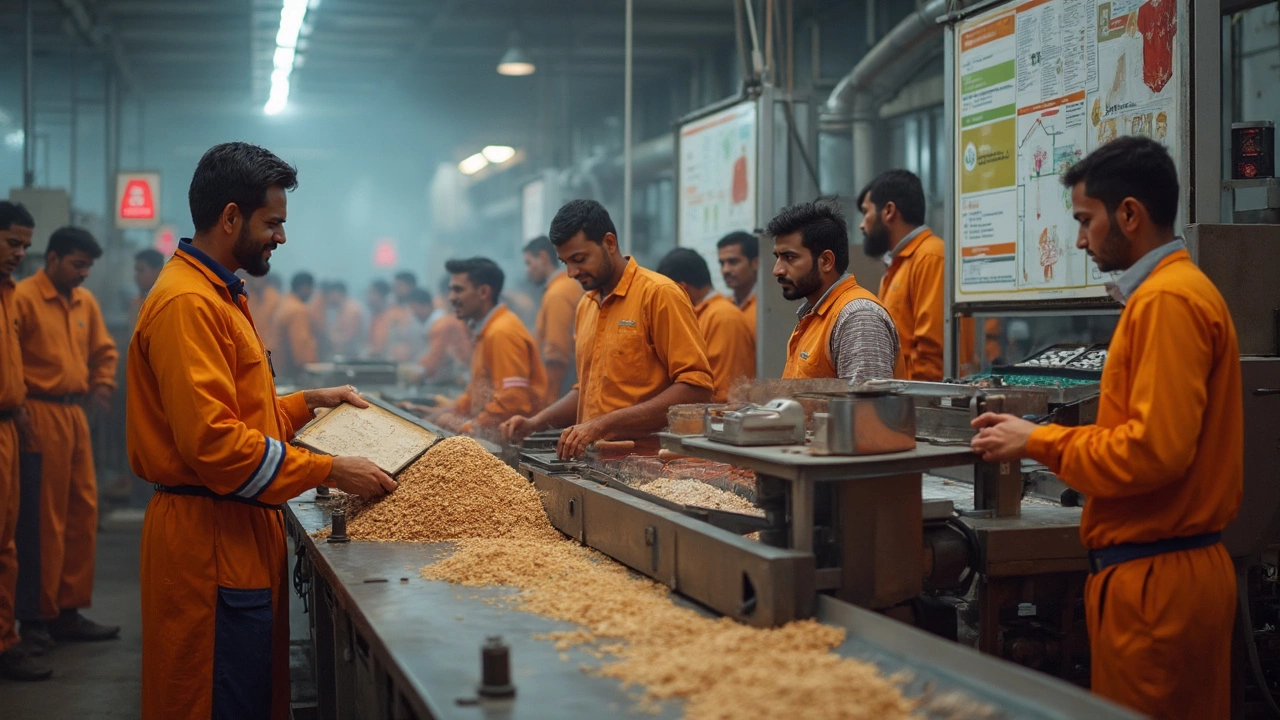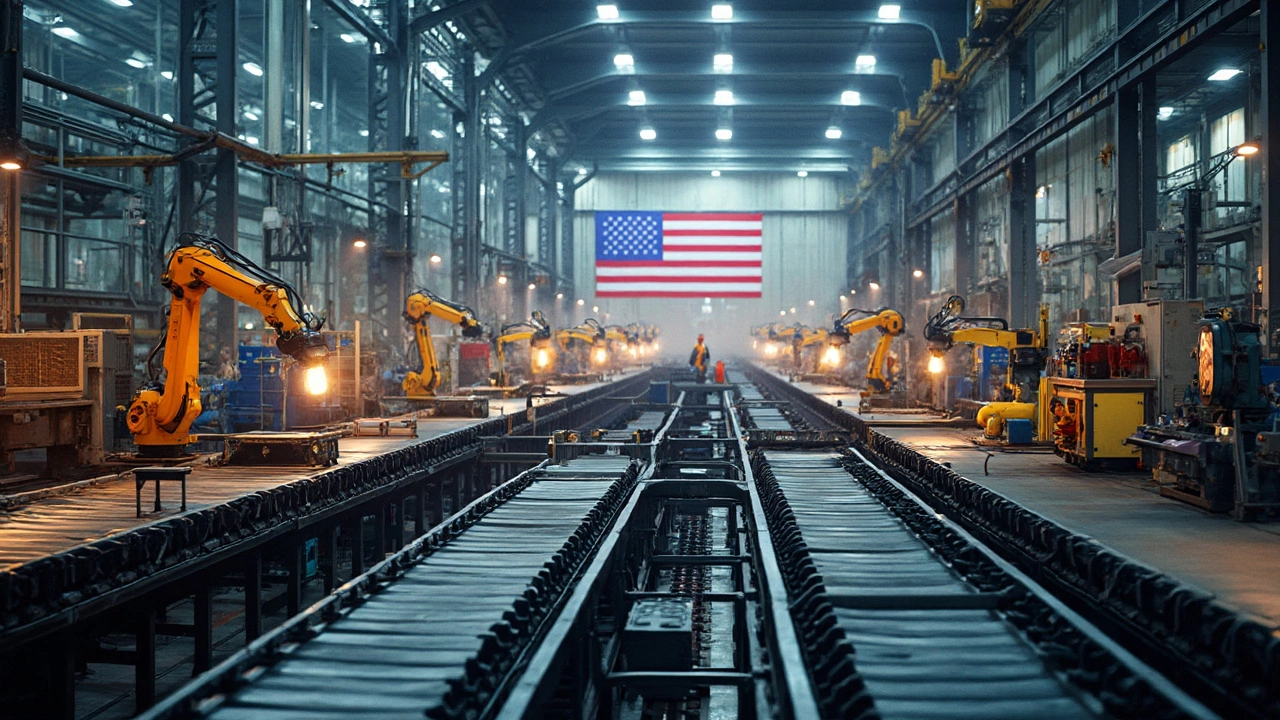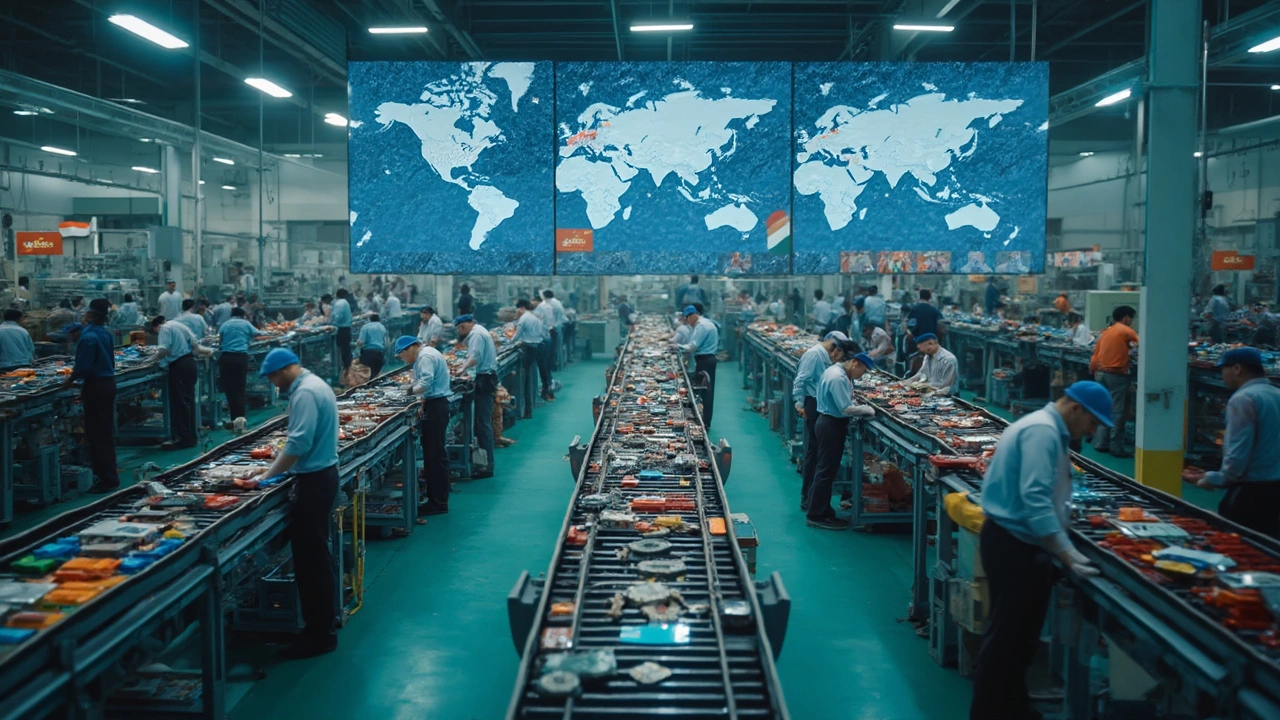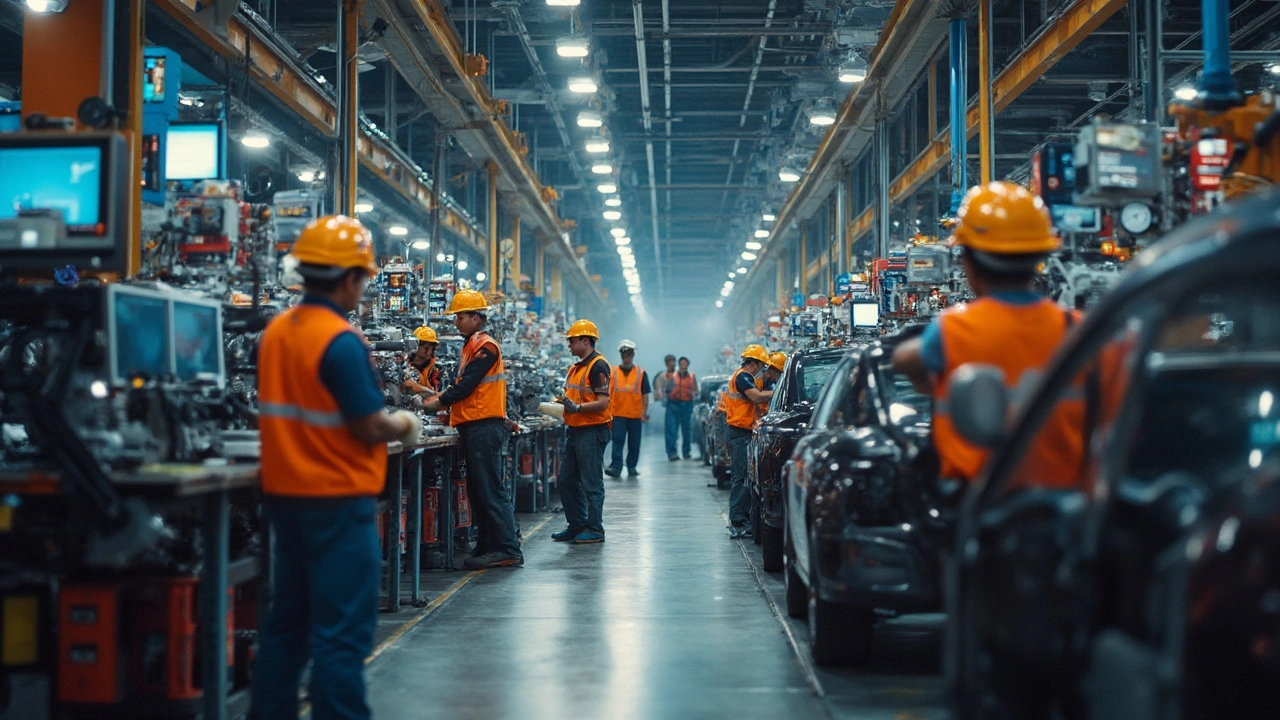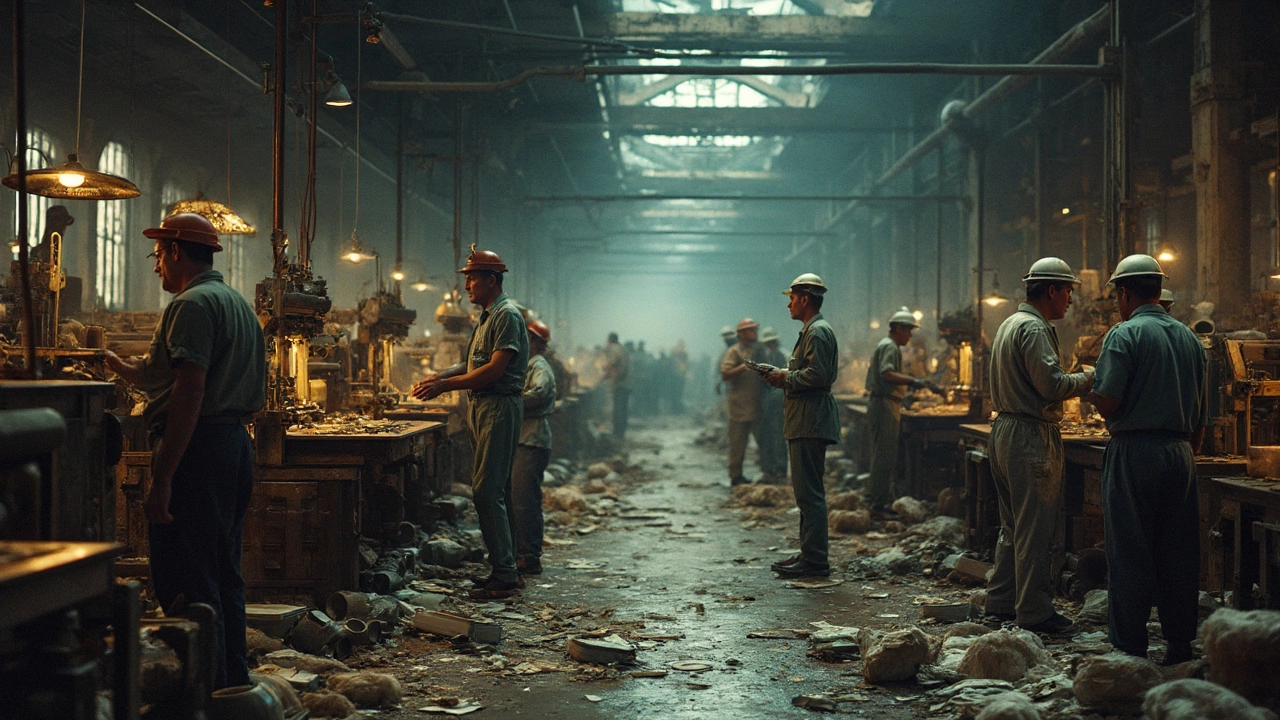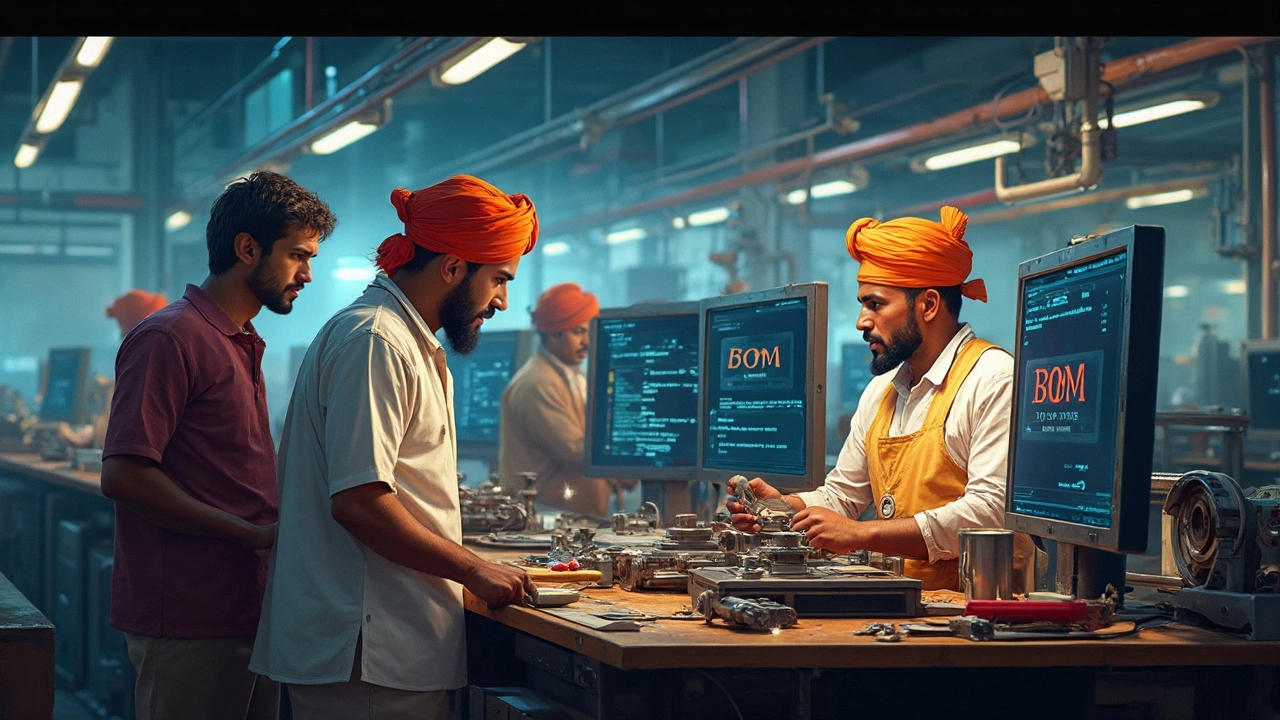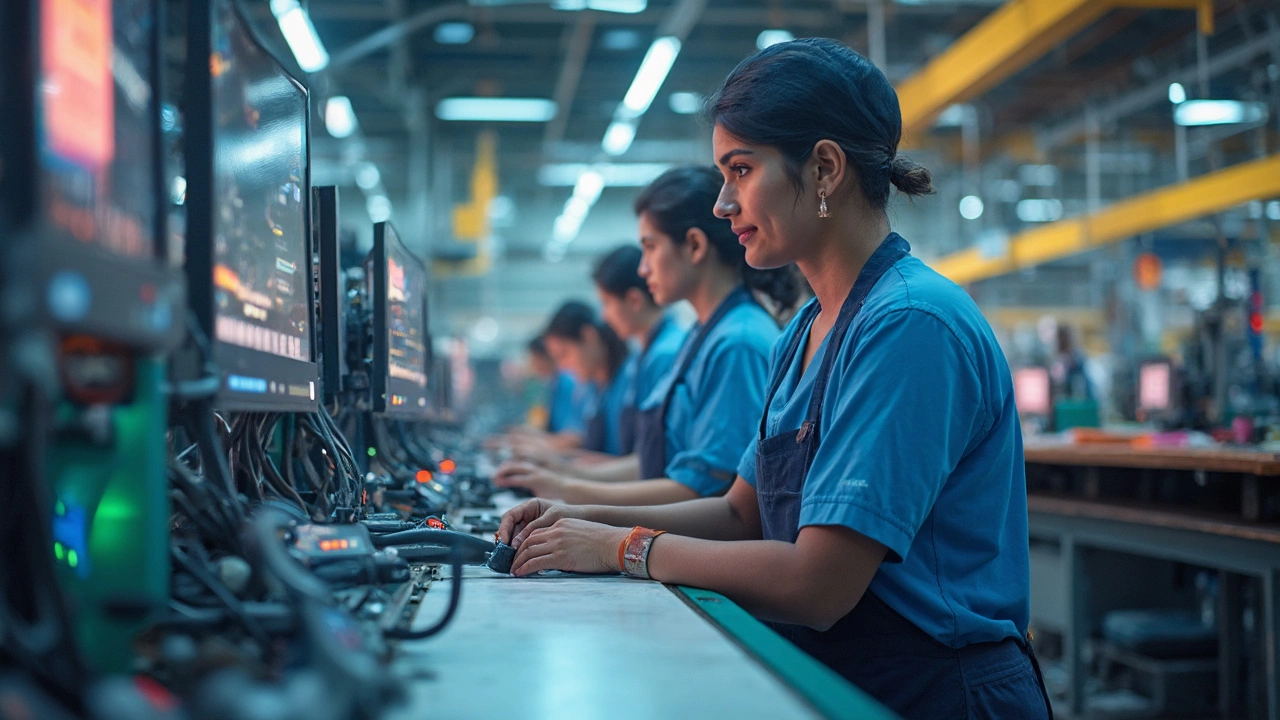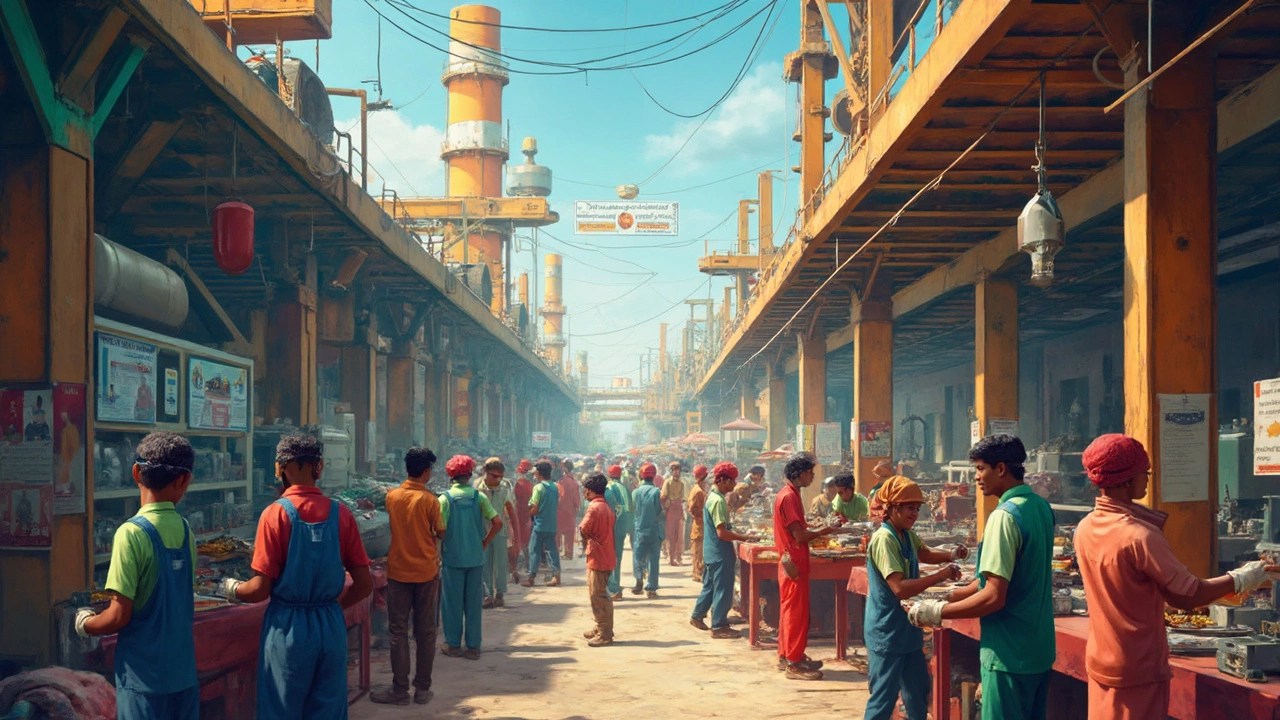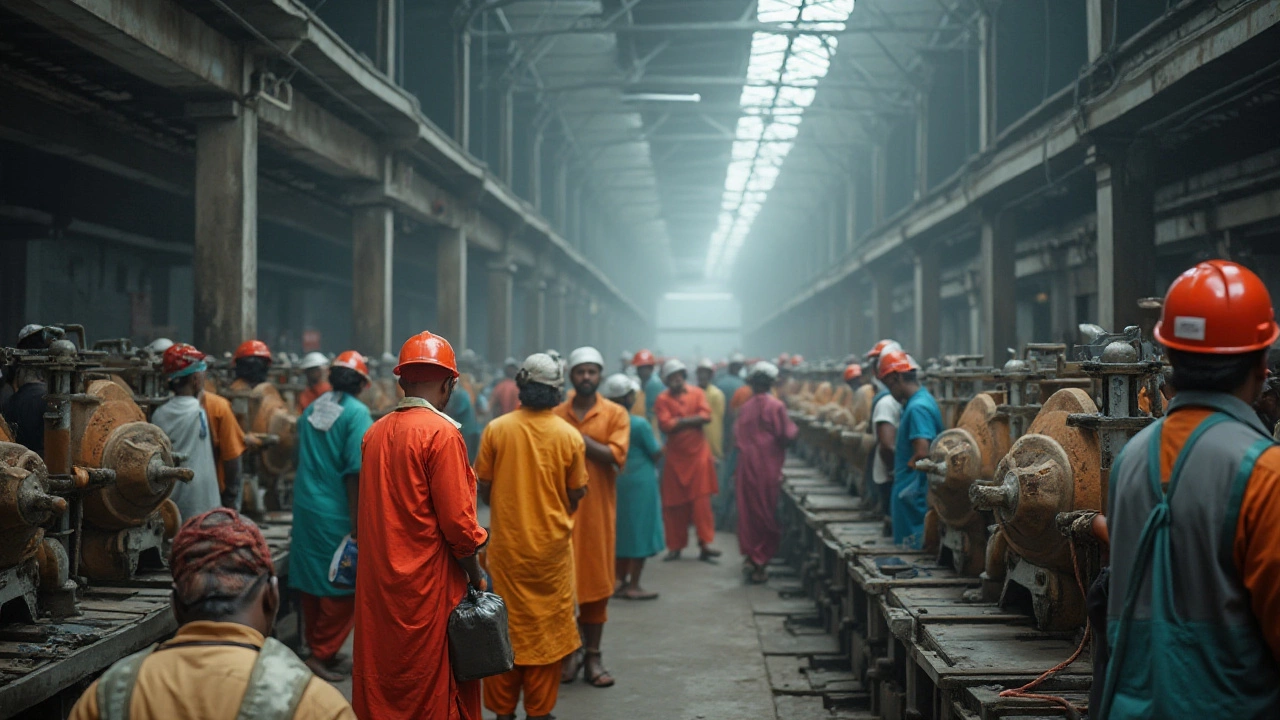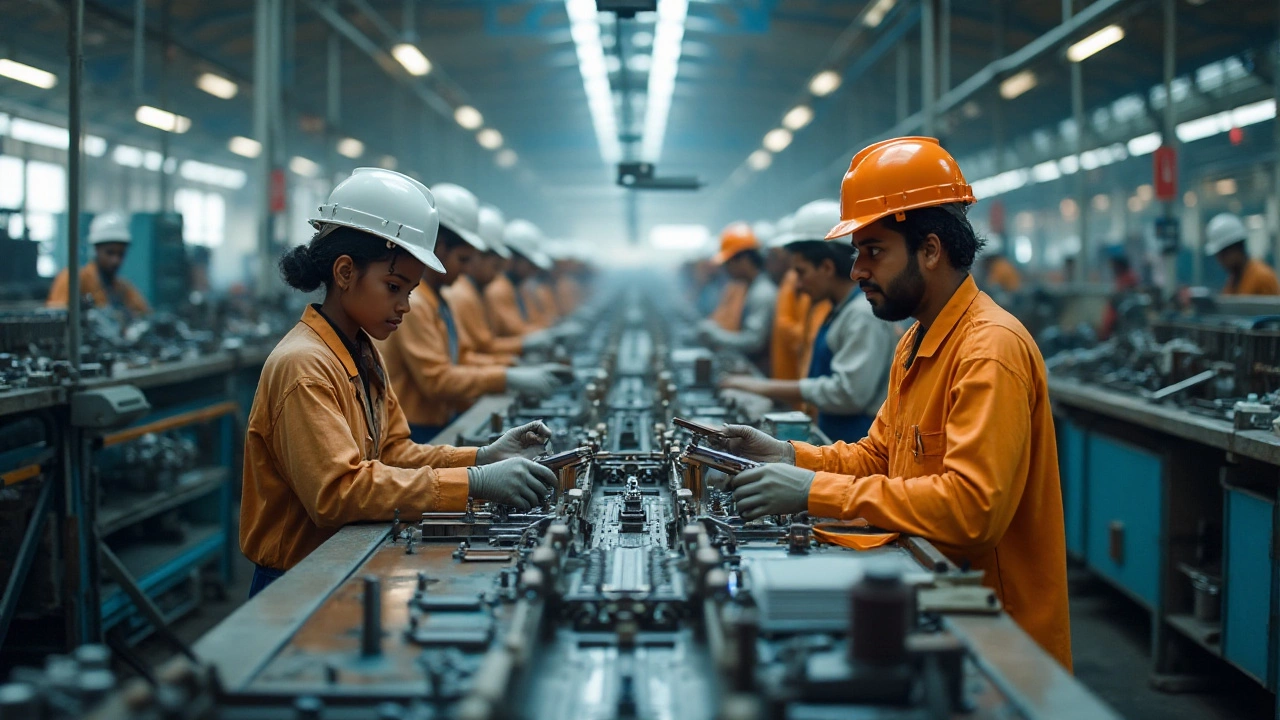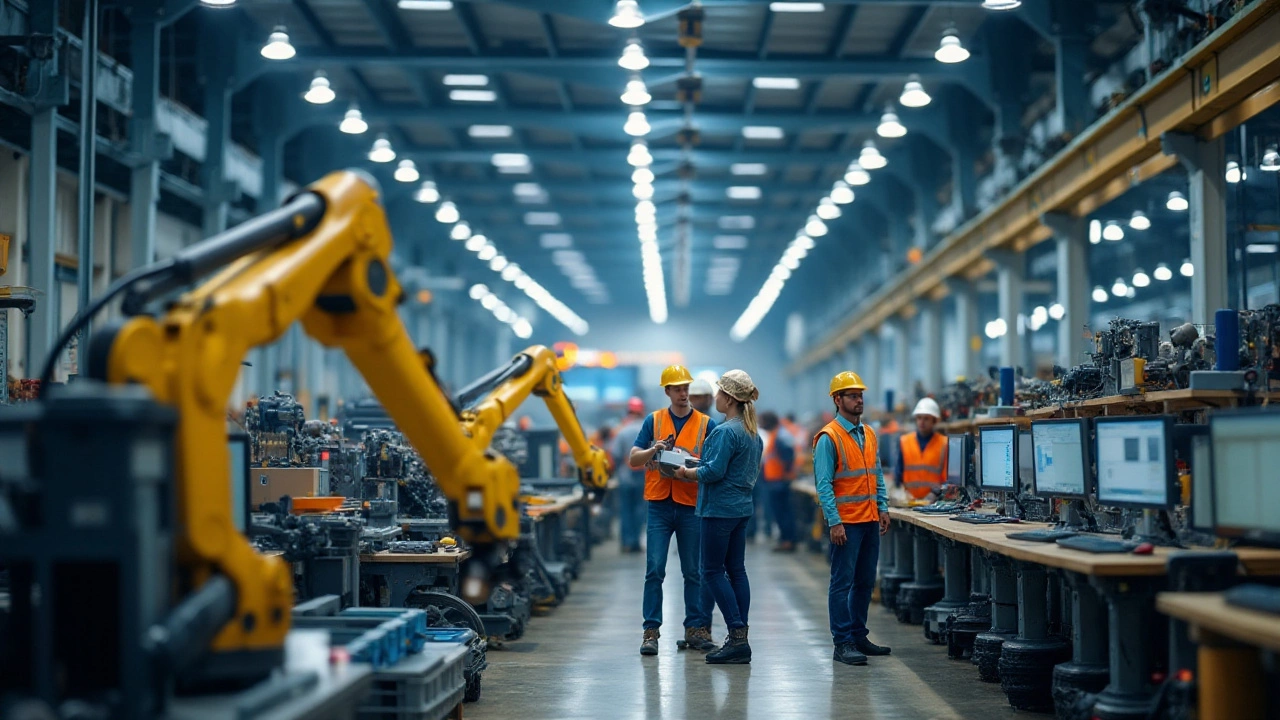Government Schemes Boosting India's Manufacturing Growth
Ever wondered why some factories seem to skyrocket while others stall? A big part of the answer lies in the government schemes designed to push manufacturing forward. These programs aren't just fancy headlines – they offer real cash, tax breaks, and tech support that can tip the balance for any business, big or small.
Why Government Schemes Matter for Manufacturers
First off, schemes cut the cost of setting up a new plant. Imagine getting a portion of your machinery bill subsidized or receiving a lower electricity rate for the first few years. That instantly improves your cash flow and lets you focus on quality rather than financing. Second, many schemes target skill development, so your workers get up‑to‑date training without you footing the bill. Finally, incentives often come bundled with market access – think export assistance or preferential procurement for government projects.
Key Schemes You Should Know
1. Production Linked Incentive (PLI) Scheme – Offers financial rewards based on the value of goods you produce. The more you make, the higher the payout, especially for high‑tech sectors like electronics and medical devices.
2. Technology Upgradation Fund Scheme (TUFS) – Gives interest‑free loans to upgrade outdated equipment. If your line still relies on manual processes, TUFS can fund a swift automation upgrade.
3. Credit Linked Capital Subsidy for Technology Upgradation (CLCSS) – Provides a 15% subsidy on loans taken for new machinery. This helps you avoid heavy upfront costs and spread payments over time.
4. Make in India Initiative – Not a single program but a collection of benefits, including easier land acquisition, single‑window clearances, and tax holidays for new projects in designated zones.
5. Skill Development and Vocational Training (SDVT) – Funds short‑term courses for your workforce, ensuring they can handle modern equipment and software tools without extra training expenses.
Each of these schemes has its own eligibility criteria, so it’s worth matching your business profile with the right program. For instance, if you’re a small unit producing auto components, the PLI for automotive may be the best fit. On the other hand, a textile mill looking to shift to technical fabrics might find TUFS more relevant.
Getting started is easier than you think. First, visit the official portal of the Ministry of Heavy Industries and Public Enterprises. There, you’ll find a step‑by‑step guide, required documents, and contact details for a regional officer who can walk you through the application. Keep your financial statements, GST returns, and a clear project plan handy – they’ll speed up approval.
Don’t forget to track deadlines. Many schemes open and close on a fiscal calendar, and missing the window can delay benefits for a whole year. Setting a reminder in your calendar or assigning a team member as the “scheme manager” can save you from that slip‑up.
Lastly, think of these schemes as a partnership, not a charity. The government expects you to meet production targets, maintain quality, and report outcomes. Treat the incentives as a way to accelerate growth while you deliver on those expectations – that’s the win‑win scenario most policies aim for.
Whether you’re launching a new product line or modernizing an old factory, tapping into the right government scheme can shave years off your roadmap and boost profitability. Start exploring today, and watch your manufacturing ambitions turn into real results.

India's New Textile Policy 2025: What Manufacturers Need to Know
Discover India's new textile policy of 2025, its key incentives, eligibility, and how manufacturers can benefit from PLI, textile parks, and sustainability targets.

5 M's of Manufacturing: Core Pillars That Power Production
This article breaks down the 5 M's of manufacturing—Man, Machine, Material, Method, and Measurement—and explains their real-life impact on production, especially in the context of government-backed schemes. Get clear tips on how each M shapes manufacturing success and why they matter for both big factories and small units. Learn how these five elements are used to spot problems and boost efficiency. If you're trying to understand how production works or how to tap into government schemes, this guide gives you the building blocks you need. Spot common pitfalls and discover smart ways to keep your manufacturing process running smoothly.

Manufacturing Leader: Which State Tops the List?
Discover which state leads the nation in manufacturing output and jobs. This article digs into why that state holds the top spot, including government programs and real numbers. Find out how local policies shape success on the factory floor. See how other leading states compare, and pick up tips if you want your business to tap into these hot areas. Get a real-world take on America’s manufacturing engine.

Manufacturing Capital of the World: Who Holds the Crown in 2025?
Ever wondered which country actually leads the world in manufacturing? This article unpacks where the world's goods come from, why certain countries dominate, and what government schemes drive the industry. You'll see how policies shape manufacturing powerhouses and what other contenders are doing to catch up. With practical insights and real-world examples, it gives a fresh look at the global manufacturing race.

What is the #1 Producing State in the USA? A Deep Dive into Manufacturing Powerhouses
Wondering which state leads the charge in US manufacturing? This article looks into the biggest producing state, what makes it stand out, and how government programs help. Expect surprising facts about output numbers, top industries, and why businesses keep choosing this state. You'll also find tips on breaking into manufacturing yourself or spotting new opportunities. By the end, you’ll know which state dominates the charts and how it got there.

Manufacturing Disadvantages: What You Don’t Hear About Government Schemes
Manufacturing comes with big promises, especially when government schemes get involved. But there’s a flip side that rarely gets the spotlight. This article breaks down the real disadvantages of manufacturing, focusing on what these government schemes might not tell you upfront. From hidden costs to unpredictable hurdles, you’ll see what really goes on behind the factory walls. Find out how practical tips and facts can help you dodge the common pitfalls.

Understanding BOM and MOM in Manufacturing
In manufacturing, BOM (Bill of Materials) and MOM (Manufacturing Operations Management) are crucial concepts though often confused. BOM refers to the comprehensive list of components, materials, and instructions required to construct, produce, or repair a product. On the other hand, MOM focuses on the methods and processes necessary for efficient production operations. Knowing the difference between these two is essential for optimizing production lines and ensuring smooth operations.

Are Manufacturing Jobs Coming Back to America?
With rising discussions about the resurgence of manufacturing jobs in America, many are curious if these jobs truly stand a chance of returning. Government initiatives and policies claim to support this shift, but what does it genuinely mean for the average American worker? We explore the potential of these schemes and their real impact on job creation within the industry. Prepare to delve into an analysis of contemporary efforts driving this transformation and whether they deliver on their promises.

Understanding the Government's Definition of Manufacturing
The government's definition of manufacturing plays a critical role in shaping policy and providing economic incentives. This article delves into what exactly constitutes manufacturing in the eyes of government bodies, exploring the criteria and classifications used. It also highlights the impacts on industry players and how this definition influences access to various government schemes. By outlining key facts and tips, readers can better understand how their manufacturing business fits within regulatory frameworks.

Why Local Manufacturing is a Game Changer for Economies
Local manufacturing plays a critical role in boosting economies by creating jobs, reducing dependency on imports, and fostering innovation. Government schemes around the world have been devised to support local industries, making them the backbone of economic rejuvenation. With strategic investments and favorable policies, countries can leverage local manufacturing to strengthen economic stability and promote sustainability. Highlighting the importance of these initiatives, we explore the manifold benefits that local manufacturing brings to the table.

Exploring the Benefits of Manufacturing Industries for Local Communities
Manufacturing industries often play a crucial role in local economies by generating employment opportunities, supporting small businesses, boosting infrastructure development, and enhancing skill development. Through various government schemes and incentives, these industries not only increase economic activities but also improve the quality of life for residents. Understanding the multifaceted benefits of manufacturing can help communities maximize these opportunities. Local involvement and awareness are key to tapping into these benefits effectively.

Is America Facing a Manufacturing Decline?
America is experiencing significant shifts in its industrial landscape, leading to concerns about potential deindustrialization. The decline in manufacturing jobs, increased automation, and the rise of global competitors are influencing these changes. Government initiatives and policies aim to reverse this trend by investing in modern manufacturing methods, job retraining programs, and incentivizing domestic production. Analyzing current data and trends offers insight into whether the U.S. is truly deindustrializing or adapting to a new industrial era.

